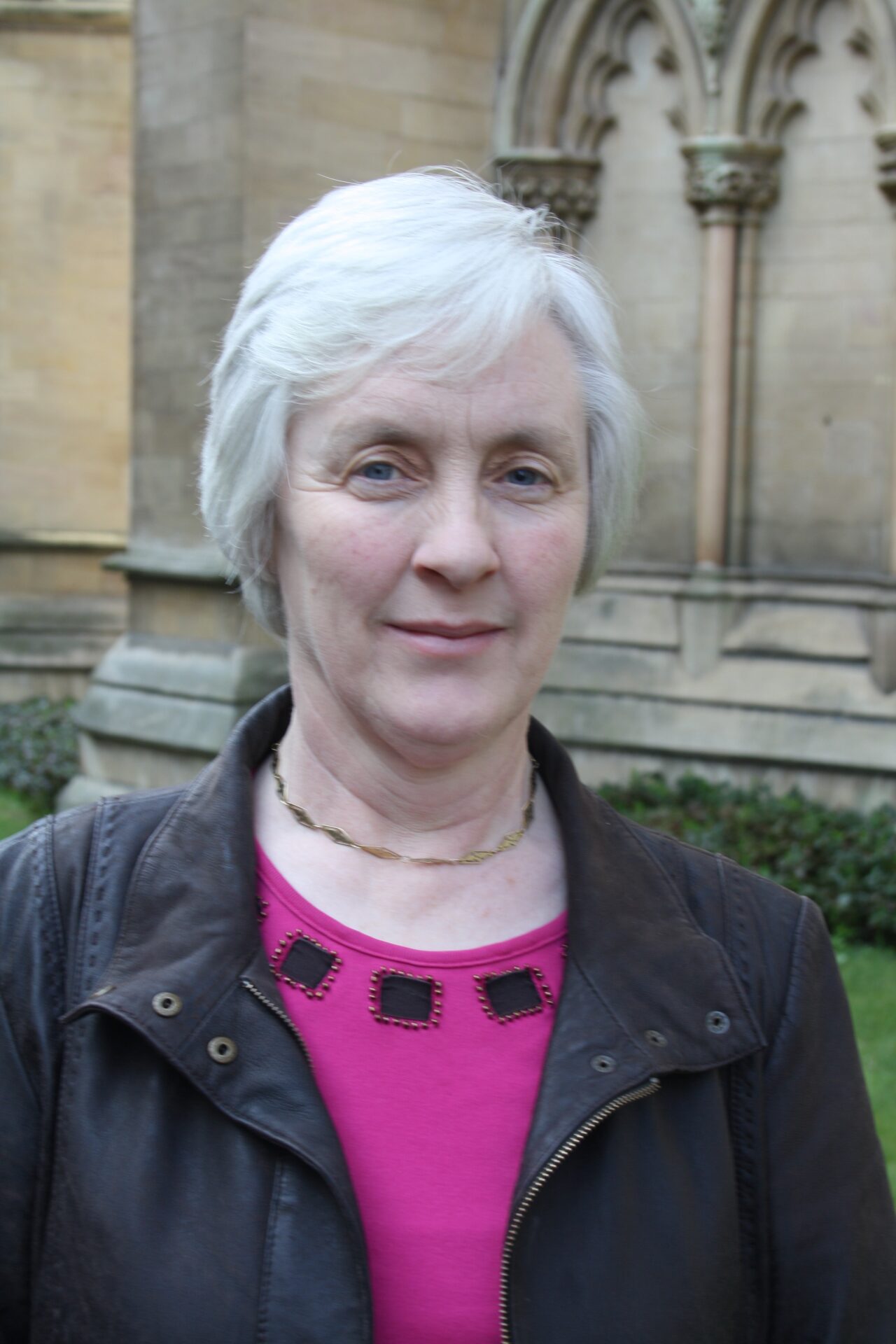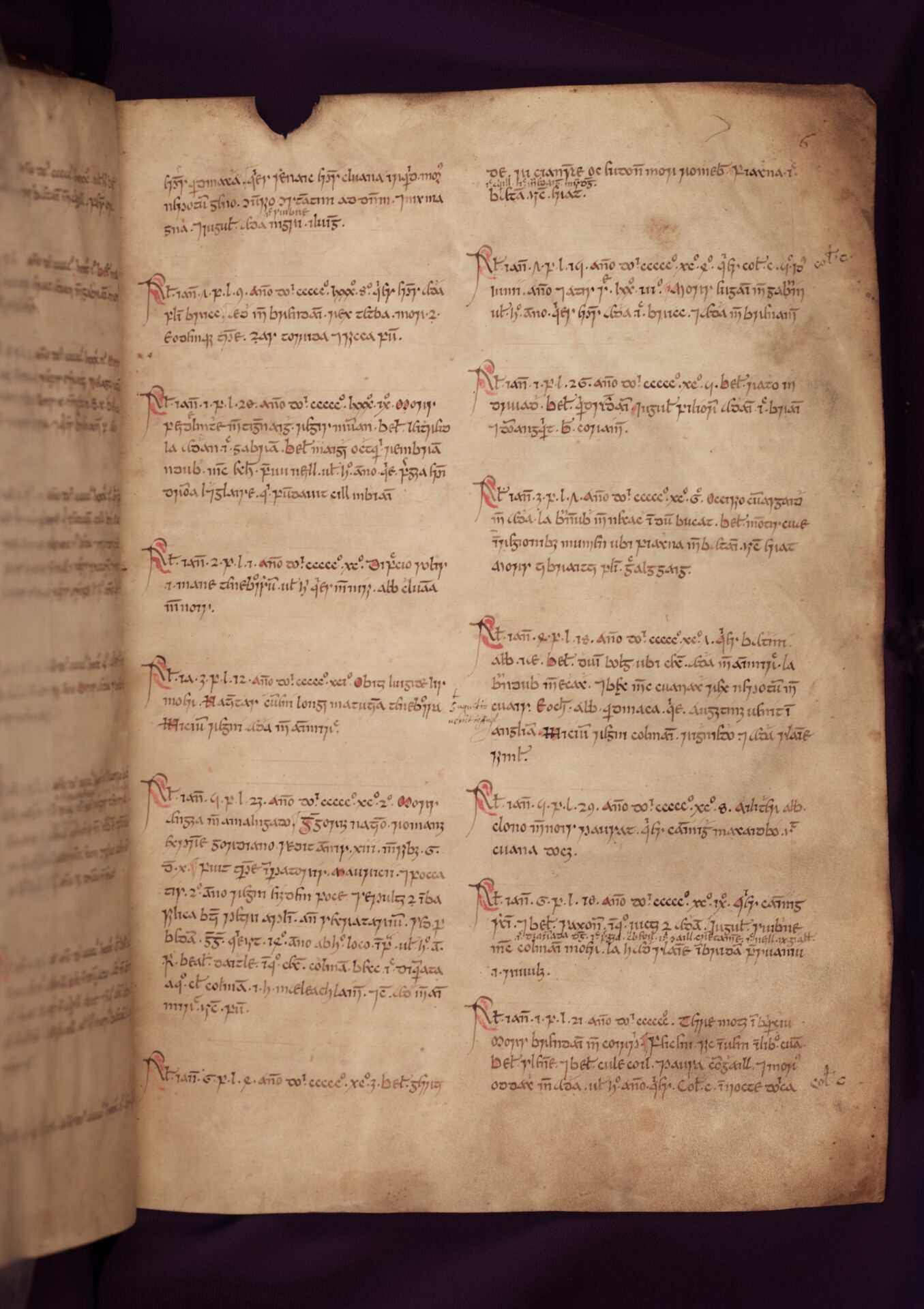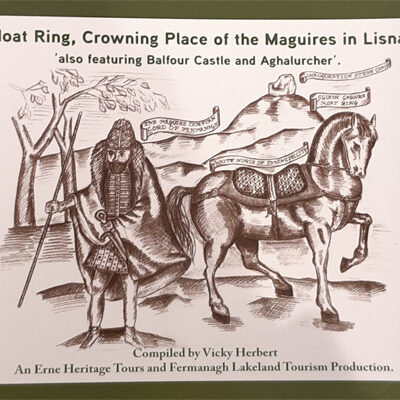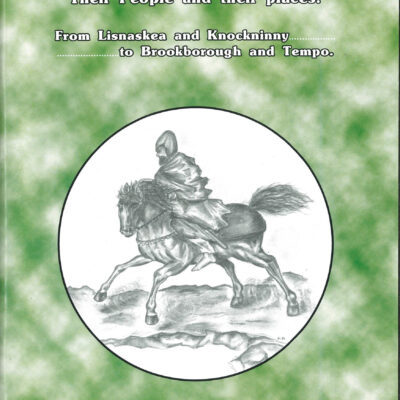Annals of Ulster by Dr Bernadette Cunningham


Dr Bernadette Cunningham is the author of several books on Gaelic Ireland in the early modern period. These include: ‘The world of Geoffrey Keating: History, Myth and Religion in Seventeenth-Century Ireland’ (Dublin: Four Courts Press, 2000); ‘The Annals of the Four Masters: Irish History, Kingship and Society in the Early Seventeenth Century’ (Dublin: Four Courts Press, 2010), and with Raymond Gillespie, ‘Stories from Gaelic Ireland: Microhistories from the Sixteenth-Century Irish Annals’ (Dublin: Four Courts Press, 2003). She is the Deputy Librarian at the Royal Irish Academy in Dublin. (The Academy library is home to the world’s largest collection of manuscripts in the Irish language.)
In the course of my researches on late medieval Gaelic and Gaelicised Ireland, I frequently consult the published edition of the Annals of Ulster, where the text of the Annals is available in its original Irish form with an English translation (4 vols, Dublin, 1887-1901). Yet, when asked to write about these annals for ‘Fermanagh: a story in a hundred objects’, it was not the printed edition but rather the original manuscripts dating from the late fifteenth and early sixteenth centuries that came to mind.
Two versions of the ‘Annals of Ulster’ survive in manuscript from that period. The older of the two is now MS 1282 in Trinity College, Dublin (TCD). A slightly later version is now Rawlinson MS B. 489 in the Bodleian Library, Oxford. Written by eminent scribes on good quality vellum, these manuscripts were always intended as prestige items.
These annals chronicle Irish history from the mid fifth century to the mid sixteenth century. The text is arranged as individual annual entries – hence the name ‘annals’. They open with the coming of Christianity, and continue down to the compiler’s own day. Thus, they were an attempt at a complete history of the political and ecclesiastical world of early Christian and medieval Ireland.
I knew that TCD’s copy of the Annals of Ulster was on public display for some months as part of the ‘Emperor of the Irish’ exhibition commemorating the Battle of Clontarf in 1014, so I was able to see it there, though I had to wait for the end of the exhibition to have access to it for research. It is an impressive large-format manuscript, carefully written on vellum (calf-skin), by an expert scribe, Ruaidhrí Ó Luinín, whose script is so regular that it almost resembles print. It is written in double columns, as was the norm in medieval Irish manuscripts. Most of the text was completed before 1498.
The Bodleian manuscript (Rawlinson B. 489) was accessible to me digitally via the Early Manuscripts at Oxford website here Annals of Ulster. The manuscript is described in detail by Brian Ó Cuív in Catalogue of Irish Manuscripts in the Bodleian Library at Oxford (Dublin, 2001), 153-163. This slightly later version of the Annals of Ulster was the work of two main scribes: Ruaidhrí Ó Luinín and Ruaidhrí Ó Caiside, with up to ten other scribes making some additions. I was a little perplexed to read Brian Ó Cuív’s refutation of the conventional view as to the identity of the two main scribal hands in Rawlinson B. 489. This is certainly a matter for further research in the future. When the Trinity College copy becomes available online, palaeographers will for the first time be able to have simultaneous access to high resolution images of the entire text of both manuscripts. Perhaps then we will reach satisfactory conclusions about the work of each scribe, and learn more about these two 500-year-old manuscript treasures.
Bernadette Cunningham
21 October 2014
Bodleian Library, Oxford, MS Rawlinson B 489, fol. 6r. Annals of Ulster for the years AD 588-600. © Bodleian Libraries, University of Oxford

*Since the writing of the blog in 2014, the Trinity College, Dublin copy of the Annals of Ulster is now digitally accessible:
| File | Type | Size | Date |
|---|---|---|---|
| Annals of Ulster | 450 KB | 23 Jan 2025 |

